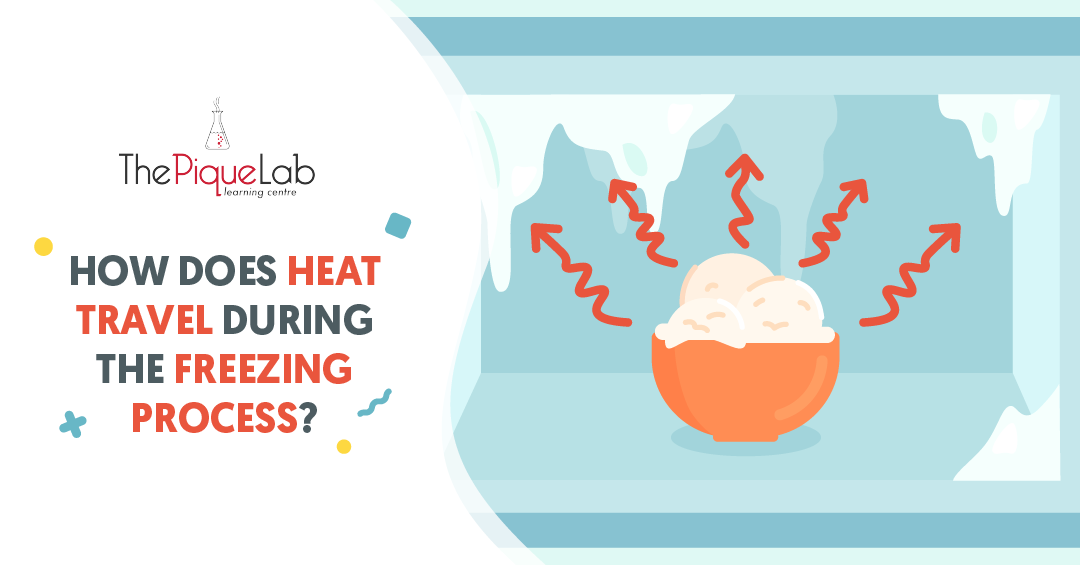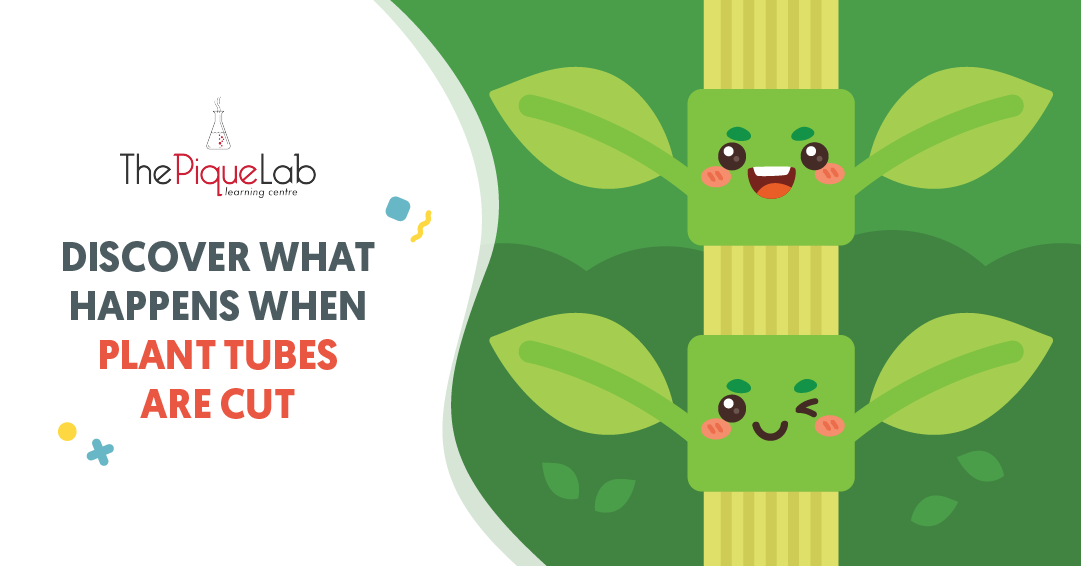Do you often lose marks for open-ended questions on the topic of Living & Non-living Things despite knowing the concepts well?
This may be because you are:
- Not linking your answers back to the question
- Not including the keywords/key phrases
To illustrate these mistakes, I will be analysing an examination question on the topic of Living & Non-Living Things from the 2016 PCPS P3 SA2 Examination Paper.
Let’s Take A Look At This Question

Source: Pei Chun Public School (PCPS) – 2016 P3 SA2 Examination Paper [Q28]
Read Also:
Many students would say that because the grasshopper hopped away, this shows that the grasshopper moved. So the answer would be the grasshopper moved by itself.
But is that the focus of the question? No!
The main focus of the question is that the grasshopper hopped away when Aminah went near it. The action of Aminah going near the grasshopper is a change in the grasshopper’s surroundings.
What is the characteristic of living things that the grasshopper is showing here?
The characteristic of living things that was demonstrated here is that the grasshopper responds to changes. Some students would write their answers as such: The grasshopper responds to changes.
I would like you to take some time to read the question again. Do you think this answer is correct? It might seem correct but in fact, this answer is wrong!
There are two mistakes in this answer:
1. The question is asking us about the characteristic of living things that the grasshopper shows, not the characteristic of the grasshopper.
Can you start your answer with the grasshopper? The answer is no, you cannot!
How should we phrase our answer then? You must start your answer with living things respond to changes.
2. The answer is incomplete.
Why do you think it is incomplete? Let me give you an analogy so that you can understand this better.
Imagine yourself lying on the sofa comfortably and a fire suddenly broke out at home. Would you run for your life? Yes, you would!
When you run for your life, you are basically responding to that fire that happened around you, which is in your house.

But what if I tell you that you are comfortably lying at home on your sofa but the fire broke out in Australia? Would you need to run for your life in this case? You wouldn’t need to, but why?
This is because the fire is not around you. If the fire is not around you, do you need to respond to that fire? You don’t.
I want to bring across the point that living things only respond to changes that occur around them.
The answer is incomplete because you cannot just mention that living things respond to changes. You must mention that living things respond to changes around them. So the answer for part A is that living things respond to changes around them.
Suggested Answer For Part (A)
Living things respond to changes around them.
Moving On To Part (B)

Source: Pei Chun Public School (PCPS) – 2016 P3 SA2 Examination Paper [Q28]
If we say that the grasshopper stays alive, what does this tell you about the grasshopper?
Is it a living thing or a non-living thing? The grasshopper is a living thing!
For a living thing to stay alive for the longest time, can you recall the three things that it needs?
📌 3 Things That Living Things Need 📌
We always mention that living things need air, food and water to stay alive.
In one of the containers, the grasshopper can stay alive for the longest time so this must mean that it has access to all air, food and water.
Let’s examine the diagrams above to see which grasshopper has all air, food and water. Looking at the diagram, you can tell that there are differences among containers X, Y and Z.
For container X, you would see that it is covered with a glass cover while containers Y and Z are covered with a netting cover.
What is the difference between a glass cover and a netting cover? The netting covers have holes. Because there are holes, air will be able to enter the container.
On the other hand, if you take a look at the glass cover, does it have holes?

No, the glass cover does not have holes. Do you think air will be able to enter container X? The answer is no, air would not be able to enter container X.
If air cannot enter container X, do you think the grasshopper in container X would stay alive for the longest time?
No! The grasshopper in container X would suffocate first!
Since container X is eliminated, let’s try to figure out whether the correct answer is container Y or container Z. Two other things that the grasshopper needs are food and water. Let’s take a look at whether container Y has food and water for the grasshopper.

If you look at the diagram for container Y, you see leaves and water. Why do you think Aminah placed leaves in the container with the grasshopper? This is because the leaves are food for the grasshopper. For container Y, the grasshopper has food and water.
But what about the grasshopper in container Z? Does the grasshopper in container Z have food and water? You would realise that the grasshopper in container Z does not have food and water.
Do you think the grasshopper in container Z would stay alive for the longest time when it doesn’t have food and water? No!
Because it has all air, food and water, it means that the grasshopper in container Y is the one that would stay alive for the longest time.
After knowing all this information, how should we then phrase our answer?
I have always taught my students that whenever they need to choose the answer among three different setups, they can use this template structure called CUE.
🚀 CUE Answering Template 🚀
Choose the answer
Use information given in the question to support your answer
Explain your answer with a Science concept
Suggested Answer For Part (B)
Container Y. The netting cover allows air to enter while the glass cover in container X does not. Additionally, the grasshopper in container Y has leaves for food and water, unlike the grasshopper in container Z. As the grasshopper is a living thing, and all living things need air, food and water to survive, the grasshopper in container Y would stay alive for the longest time.
Conclusion
After reading this article, I hope that you have gained a better understanding of the importance of being specific in your answers and using the CUE answering template (Choose the answer, Use the information given in the question to support your answer and Explain your answer with a Science concept) whenever you need to compare and choose among 3 different set-ups to give a complete answer.
Stay tuned for our upcoming articles on how to tackle other challenging Science questions!

If you like our methodology, we've some upcoming workshops:







